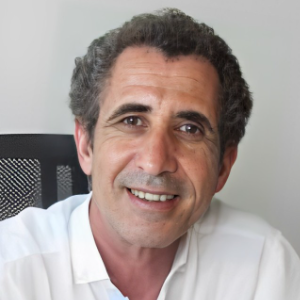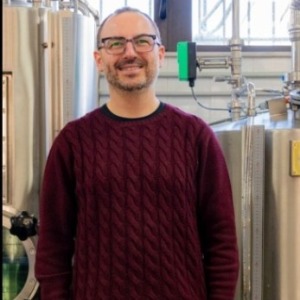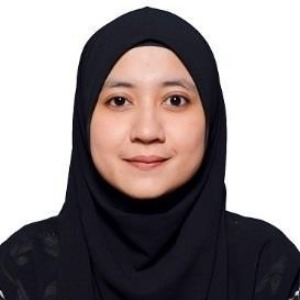8th Edition of Euro Global Conference on
Food Infrared Imaging
Food infrared imaging is an advanced technology that utilizes infrared radiation to capture high-resolution images of food products. This non-destructive technique operates by detecting the thermal radiation emitted by food samples in the infrared spectrum, allowing for detailed analysis of their temperature distribution and thermal properties. Infrared imaging systems consist of infrared cameras equipped with specialized sensors capable of detecting infrared radiation across different wavelengths. By capturing thermal images of food samples, infrared imaging enables visualization of temperature variations, heat distribution patterns, and thermal gradients within the food product. This information can be used to assess various aspects of food quality, safety, and processing, including cooking uniformity, heating efficiency, product defects, and contamination detection. Infrared imaging is particularly valuable for monitoring thermal processing operations such as cooking, baking, frying, and roasting, where precise temperature control is essential for achieving desired product characteristics and ensuring food safety. By providing real-time feedback on temperature distribution and heat transfer, infrared imaging helps optimize processing parameters, minimize energy consumption, and reduce processing times while ensuring consistent product quality. In addition to thermal analysis, infrared imaging can also be used for quality inspection and defect detection in food products. Variations in temperature and thermal properties can indicate irregularities, such as undercooked or overcooked areas, cold spots, foreign objects, or product defects, enabling timely intervention and quality assurance. Infrared imaging is employed across various sectors of the food industry, including food manufacturing, processing, packaging, and quality control. It is used in applications such as monitoring baking and frying processes in bakery products, assessing cooking uniformity in meat and poultry products, detecting contaminants in packaged foods, and evaluating thermal stability and shelf life in perishable goods. The adoption of infrared imaging technology in the food industry is driven by advancements in camera technology, software algorithms, and data analysis techniques, as well as increasing demand for non-destructive inspection methods and quality control solutions.

Said Bouhallab
INRAE, France
Giovanni De Francesco
University of Perugia, Italy
Ombretta Marconi
University of Perugia, Italy
Alex Martynenko
Dalhousie University, Canada
Ana Isabel Najera
University of the Basque Country EHU, Spain
Marcin A Kurek
Warsaw University of Life Sciences, Poland


